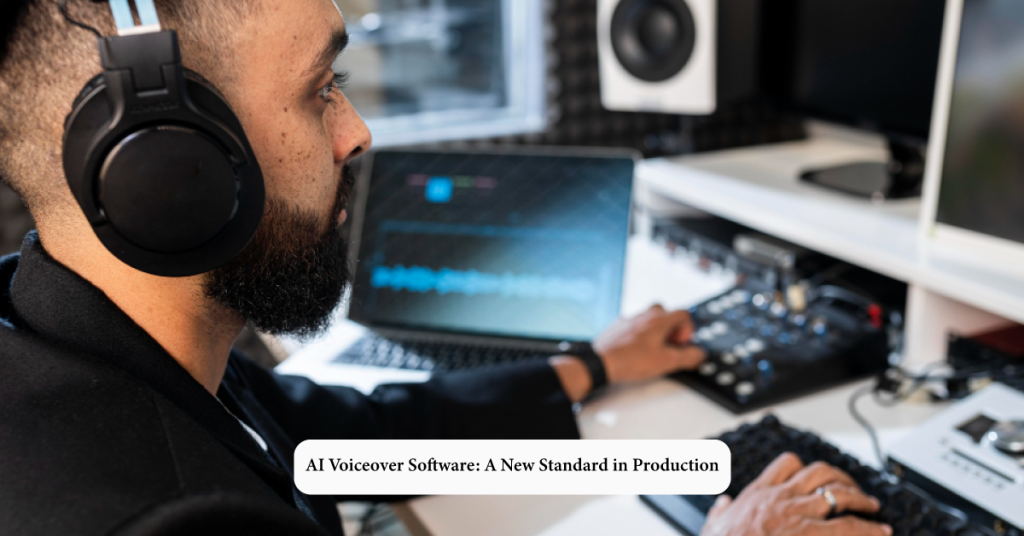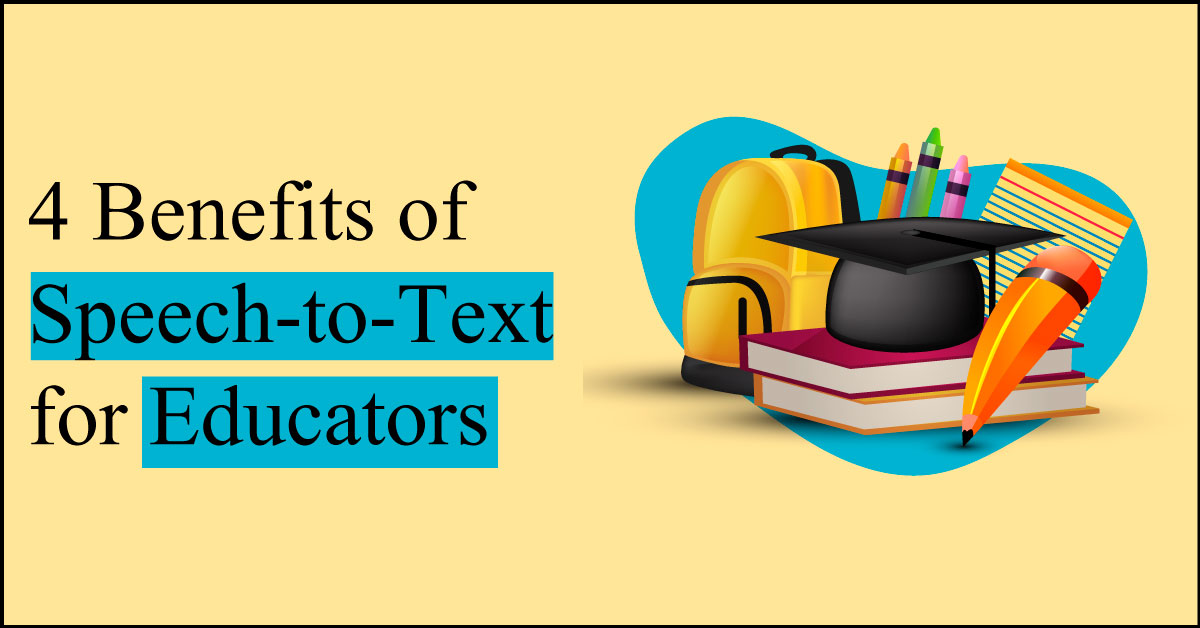
How AI Voice Generators Are Transforming Content Creation in 2025
In 2025, we’re witnessing a major shift in the way creators produce, share, and monetize content. One of the biggest drivers behind this change is the AI voice generator, a tool that turns text into realistic, human-like speech in seconds. From influencers and YouTubers to educators and corporate trainers, AI voices are no longer a futuristic luxury—they’re a daily necessity.
These tools are powering a new wave of creativity, helping individuals and brands scale their audio and video content while saving time and money. Whether you’re crafting a podcast or narrating a corporate training module, the applications are vast and only growing.
Revolutionizing Storytelling with Text to Speech AI
Storytelling has always been a cornerstone of communication. Today, text to speech AI is redefining how stories are told and heard. These tools can turn long-form articles into audio blogs or bring scripts to life with character-rich narration. Because of its ability to produce expressive, emotional, and accent-customizable voices, creators can now deliver stories that resonate more deeply with audiences.
Rather than hiring voice actors or dealing with studio logistics, creators simply input their text and get polished results. This is especially transformative for bloggers turning written posts into listenable audio, expanding their reach to multitaskers and visually impaired audiences alike.
AI Voiceover Software: A New Standard in Production

As content becomes more multimedia-driven, the demand for high-quality voice-overs has skyrocketed. AI voiceover software helps meet that demand by offering fast, flexible, and cost-effective voice generation. What was once a manual and time-intensive process is now as easy as clicking “generate.”
Voiceover software powered by AI also comes equipped with emotional control, breathing sounds, and intonation editing. Creators can easily match the tone of the voice to the purpose of the project, be it a cheerful explainer video or a serious corporate training session.
This technology is being widely used by media agencies, small content creators, and even filmmakers for dubbing scenes or creating synthetic voice narration that sounds indistinguishably human.
Voice Cloning for Personalized Audio Experiences
Imagine being able to recreate your voice—or someone else’s—without recording anything new. That’s the power of AI voice cloning, a subset of AI that mimics the vocal identity of any speaker.
Creators are leveraging this to keep branding consistent, voice their digital avatars, or offer ultra-personalized user experiences. For example, some YouTubers now generate multilingual versions of their content using cloned voices to sound like themselves in other languages.
However, as voice cloning gets more accurate, ethical considerations have become more critical. Using someone’s voice without permission raises privacy concerns. Responsible use of this technology, with proper disclosures and permissions, is essential.
AI Voice Synthesis: Elevating Voice Quality to Human-Like Levels
Today’s AI voice synthesis is more advanced than ever. Gone are the robotic voices of early tools. Modern synthesis models generate speech that includes natural pauses, dynamic pitch, and human-like rhythm.
This level of realism is essential in professional content, especially in areas like audiobooks, marketing videos, and explainer animations. The better the voice quality, the higher the listener engagement and retention.
Voice synthesis is also beneficial in accessibility. It’s helping visually impaired users interact with digital interfaces more naturally and enabling brands to build more inclusive products.
AI Voice Tools for Content Creators: Efficiency Without Compromise
Being a content creator often means wearing multiple hats. From scripting to editing and promotion, time is scarce. AI voice tools for content creators are game-changers here. They streamline audio production, reduce costs, and enable faster turnarounds.
For example, a solo YouTuber can now use AI to narrate their videos with consistency and polish, without spending hours re-recording mistakes. These tools also offer multilingual support, enabling creators to scale globally by releasing content in multiple languages.
By freeing up time spent on voice production, creators can focus more on creative strategy and audience interaction—areas that truly drive growth.
AI Voice Generator for YouTube: Next-Level Video Narration
YouTube remains one of the most powerful content platforms, and narration plays a huge role in audience engagement. The AI voice generator for YouTube lets creators add compelling voiceovers to their videos without hiring a narrator or renting a studio.
This is especially valuable for explainer channels, educational content, and commentary videos. AI voices can adapt to various tones—from serious to humorous—enhancing the content’s relatability and retention.
As YouTube’s algorithm favors watch time and viewer engagement, good narration can make or break a video. With high-quality AI narration, creators are seeing improved viewer metrics and even ranking higher in search results.
AI Voice Generator for Podcasts: Scaling Audio Content
Podcasting is booming, but producing professional-quality audio regularly can be overwhelming. The AI voice generator for podcasts automates a big part of this process, letting hosts generate or supplement their shows with clean, broadcast-ready narration.
Some podcasters use AI to create teaser snippets for social media. Others clone their voices to speed up production or create solo podcasts with minimal effort. And then there are full AI-generated podcast episodes, complete with synthesized guests.
This flexibility is invaluable, especially for small teams or solo podcasters looking to stay consistent without burning out.
AI Voice Generator for E-Learning: Smarter Training Modules
In the education and corporate training world, audio narration improves retention and learner engagement. With the AI voice generator for e-learning, instructors can now produce polished audio lessons in minutes.
Whether it’s an onboarding course or an academic module, these tools help scale training across departments, locations, or even languages. Educators can update modules quickly without needing to re-record, making course content more adaptive and up-to-date.
This is also helping smaller institutions and freelancers enter the digital learning space with professional-grade content that was once only possible with large budgets.
Content Localization Powered by AI Voice Tech
One underrated use of AI voice generators is content localization. Traditionally, translating and dubbing content into other languages required a team of translators, native speakers, and recording professionals.
Now, AI voice tools can handle this almost entirely automatically. Using text to speech AI, creators can input translated scripts and generate native-sounding voiceovers in dozens of languages while maintaining the tone and rhythm of the original.
This makes international expansion faster and cheaper, especially for digital creators who want to tap into global markets like Latin America, Southeast Asia, and Europe.
Bridging the Gap Between Audio and Visual Content
The synergy between audio and visuals defines modern content. With video dominating every platform, adding high-quality narration is no longer optional—it’s expected.
AI-generated voices enhance everything from animated shorts to Instagram reels. With the help of AI voiceover software, even casual creators are adding dynamic narration to their social videos, turning slideshows into stories and photos into narratives.
The result? More compelling content that holds attention and delivers messages effectively across formats.
Overcoming Burnout and Scaling Output
Creative burnout is real. Recording the same line 15 times or dealing with mic issues is exhausting. AI voice tools alleviate this pain point, letting creators focus on their message rather than the mechanics.
Instead of worrying about vocal strain, poor acoustics, or inconsistent delivery, users can rely on AI voice tools for content creators to get the job done consistently, every time. This allows creators to scale their output without scaling their stress.
Personal Branding with Synthetic Voices
In 2025, your voice is as much a part of your brand as your logo or color palette. With AI voice cloning, creators are now developing their own “digital voice identities.” This isn’t just voice acting—it’s voice branding.
Having a recognizable voice across all content formats (video, podcast, audio ads) strengthens identity and improves audience recall. Even as creators outsource more of the production process, they maintain control over how they sound.
Integrating AI Voice with Other AI Content Tools
Modern content creators are building entire workflows powered by AI. They’re using tools to generate scripts, edit videos, schedule posts, and now, to voice content.
When paired with tools like AI video editors, script generators, or avatar creators, the AI voice generator becomes a central hub in a fully automated content pipeline. This integrated workflow is especially powerful for marketing teams looking to run campaigns quickly across multiple platforms.
The Role of AI in Shaping Future Entertainment
Beyond content creation, AI voices are also reshaping entertainment. Virtual influencers, synthetic pop stars, and AI-driven storytelling experiences are all using voice generation to create immersive, lifelike personas.
These characters, voiced by AI voice synthesis, are appearing in ads, Twitch streams, and even Netflix shows. The entertainment industry is beginning to treat AI-generated performances not as novelties, but as legitimate creative tools.
Where Are We Heading? The Road Ahead
The future of AI voice tech lies in more personalization, deeper emotional expression, and tighter integration with other AI systems. As the technology matures, we’ll see real-time voice generation, interactive audio narratives, and deeper use in education and mental health.
Tools like AI Voice Generator will continue to lead the charge, providing flexible, ethical, and user-friendly solutions for every kind of creator.
FAQs
Modern AI voice tools sound remarkably human, with accurate intonation and emotional expression.
Yes, many AI voice generators provide commercial licenses for podcasts, videos, and ads
Voice cloning is legal if done with consent. Always ensure you have permission when replicating someone’s voice.
Text to speech is basic reading of text; voice synthesis adds natural flow, emotion, and realism.
Absolutely. They’re widely used for e-learning modules, instructional videos, and online tutoring.
.

